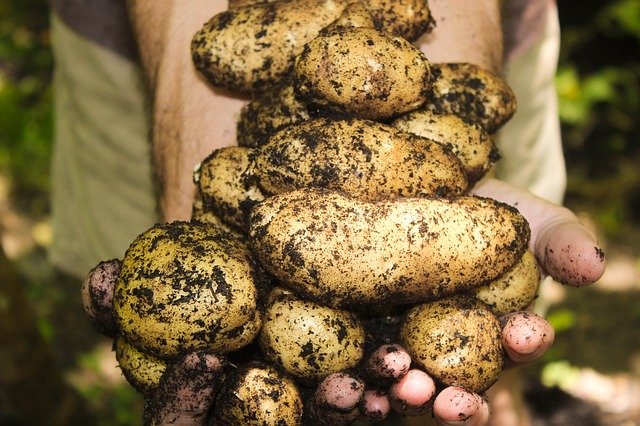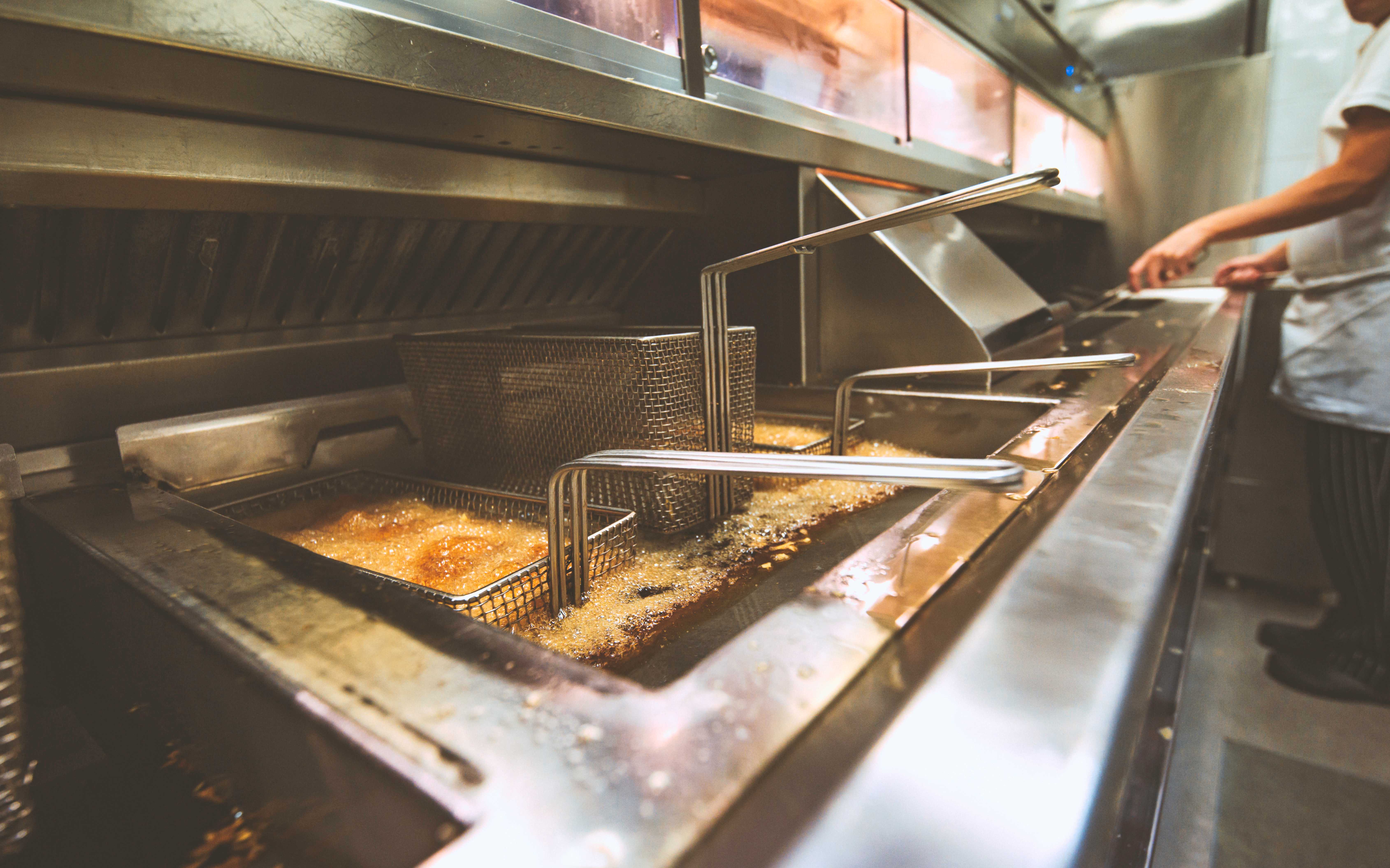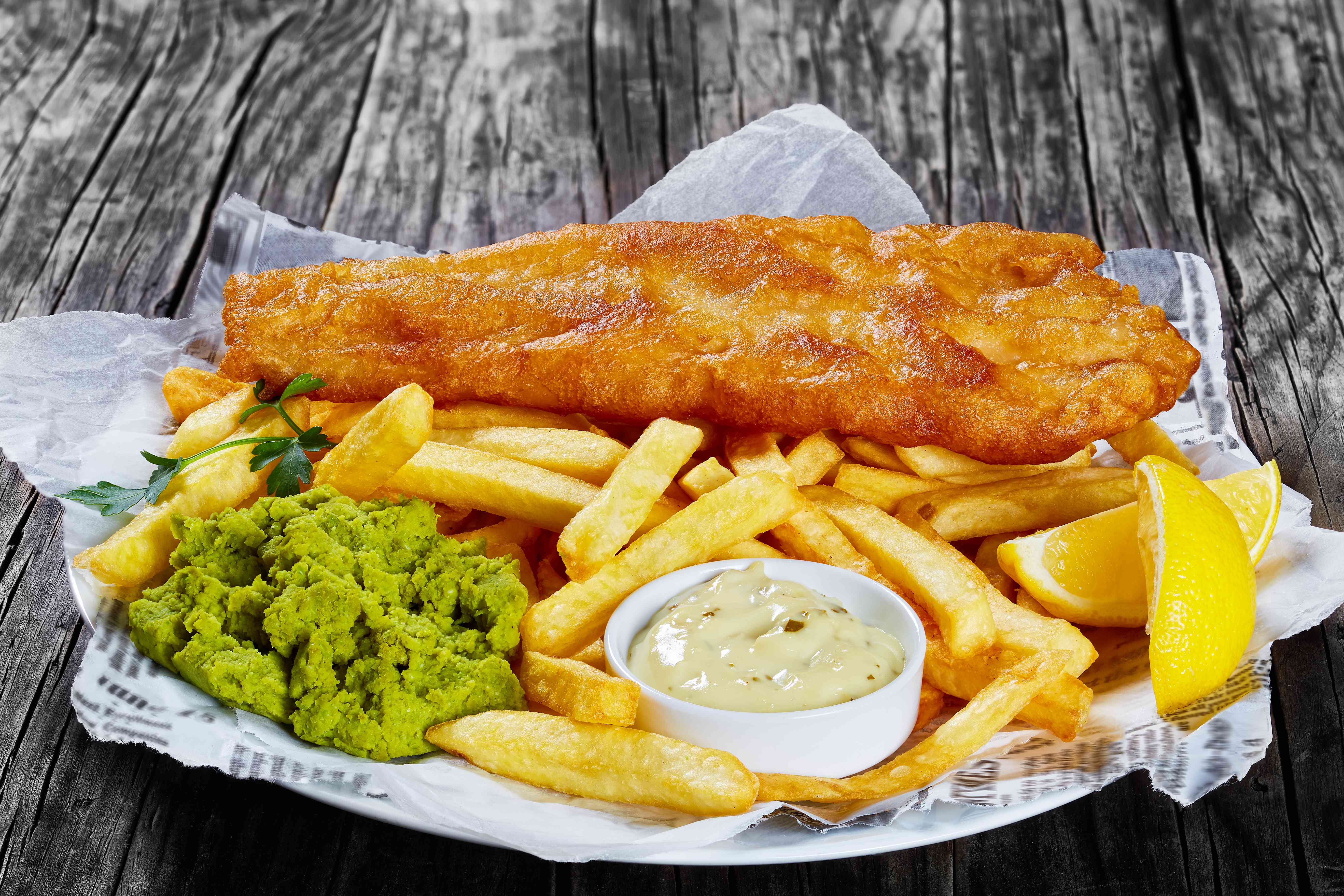Growing your own vegetables is a UK tradition, and there’s no vegetable quite as iconic as the humble, versatile potato! Here’s a useful guide on how to produce a top-class crop in your very own garden.
How do you grow potatoes?
Potatoes are very easy to grow, with one seed potato producing many multiple tubers by harvest-time. You can grow them in raised beds, in the ground, or even in containers. There are 3 main types of potato defined by what time of the season they are planted.
First early potatoes
These are the first crop you harvest and are often called new potatoes or baby potatoes. They are fantastic in salads, boiled with butter and parsley, or even crisply roasted. New potatoes don’t last too long, so you need to use them up within a week or so of harvesting.
Second early potatoes
Also called new potatoes, these are the second crop you’ll harvest. They can be similar-sized or the same size as your first earlies, but tend to have a nuttier, more intense taste.
Maincrop potatoes
This is your main crop, and it can be divided into first maincrop and second maincrop depending on how you’ve planted your potatoes. These are your biggest and most flavourful potatoes and if they are stored well, they can last a few months.
| Crop type | When to plant | Harvest time from planting |
| First early potatoes | End of February | 10 weeks |
| Second early potatoes | Mid-March | 13 weeks |
| Early maincrop potatoes | Late March | 15 weeks |
| Maincrop potatoes | Late March | 20 weeks |
| Second cropping potatoes | Early August | 11 weeks |
Step 1 – Select your varieties
The best time to buy seed potatoes in in January and early February, just before the planting season. There are over 200 potato varieties in the world, and the UK grows around 80, so there are plenty to choose from! You may want to try out several varieties of potato for different cooking purposes or just to experiment with – they are well worth exploring! The most popular varieties in the UK include: First early – Foremost, Maris Bard, Abbot, Arran Pilot, and Jersey Royals. Second early – Gemson, Charlotte, Maris Peer, Kestrel, and Vivaldi. Maincrop – Maris Piper, Rooster, Cara, Pink Fir Apple, Sarpo Mira, Setanta, and Desiree. Every variety has their pros and cons, but we have some solid recommendations for beginner growers. Firstly, choose a variety that is slug-resistant so that pests don’t end up eating your entire crop. Good options here are Arran Pilot, Cara, Kestrel, Wilja, Pentland Javelin, and Estima. Secondly, choose some disease-resistant varieties too, as this can be a real problem for first-time growers. The best varieties with disease resistant are Accent, Arran Pilot, Cara, Charlotte, King Edward, Vitabella, Desiree, Scarpo Axona, and Setanta. Another thing to consider is what you like doing with your potatoes. For example:
- Salads – Earlies are the best for salads, including the high-producing Abbot, Pink Fir Apple, Marris Peer, and the popular Arran Pilot.
- Roasting and chips – Some of the best roast potatoes and chips you’ve ever tasted come from Roosters, Apache, Kestrel, Marris Piper, Setanta, and King Edwards.
- Boiling, baking and mashing – The creamiest potatoes include Cara, Roosters, Maris Peer, Vivaldi, and Lady Balfour.
Lastly, consider storage. Usually, first-time growers are surprised at just how many potatoes they get! Unless you have neighbours and friends you can share your harvest with, you’ll want varieties that you can store quite easily. Some of the best for longer storage include Pink Fir Apple, Kerr’s Pinks, Majestic, Jazzy, Maris Piper, and Scarop Axona.
When to plant maincrop potatoes
If you want to plant maincrop potatoes, it’s best to sow them in late March. Earlies can be planted in late February (in warmer areas) to early March, and late maincrop potatoes can be planted as late as early August.
Step 2 – Chit your potatoes
Earlies and second earlies benefit from chitting, the process of allowing them to begin sprouting before you plant them. Once you have your seed potatoes, place them in a cardboard egg tray or shallow box with the growing end up (also called the rose end) and place them in a cool, light, frost-free area. They will need to be kept at 10 degrees or warmer to sprout, so you can keep them indoors if needed. You’ll see small growths appearing on the rose end, and these are called chits. Once the chits are about 25mm in length, rub off all but the 3 or 4 strongest growers before planting. If you want a bigger harvest and to use as many of your chits as possible, rather cut the potatoes in half and leave the slices to dry for 3-4 days before planting, ensuring 2-3 strong chits per slice.
Step 3 – Prepare your soil
You want to be ready to sow your first potatoes in mid-March, so your soil needs to be ready for planting just before then. Potatoes grow in all soil types, but the better the quality of your soil, the better your harvest will be. It’s best to clear away any weeds and unwanted plants from an area that gets plenty of sun, dig over the bed well, and mix in lots of compost, potash fertiliser, and organic matter. The soil should drain well and be slightly acidic – around pH from 4.8 to 6.5 – so mix in acid compost if your soil is slightly alkaline. You can grow potatoes in bags or containers easily too by mixing in plenty of potting soil and compost to make a rich, loose mix of soil. Let the soil settle for about a week before planting.
Step 4 – Sowing your potatoes
Dig trenches 10cm deep and place the potatoes in the soil with the chit facing upwards. If your area is prone to late frosts, it’s important to protect the newly emerging sprouts from damage. You can place containers under trees or sheltered overhangs at night or cover them up with cloth and a layer of plastic. Remember to remove this during the day. It will also help to add a thick layer of mulch (pine needles, straw, or bark chips) to keep the soil warm.
How far apart to plant potatoes
Like all plants, potatoes need space to grow. By following the table below will give the plants enough space to produce and grow good-sized potatoes.
| Crop type | Distance between plants | Distance between rows |
| First early potatoes | 30cm apart | 60cm apart |
| Second early potatoes | 37cm apart | 75cm apart |
| Early maincrop potatoes | 45cm apart | 75cm apart |
| Maincrop potatoes | 45cm apart | 75cm apart |
| Second cropping potatoes | 30cm apart | 60cm apart |
Step 5 – Caring for your crop
Be sure to water your potatoes when the weather is warm, making sure the ground is kept moist but not soggy or waterlogged, or the potatoes will rot. If the tubers become exposed, use a spade or hoe to pile up a few centimetres of soil over them so that they don’t go green and become inedible. Keep an eye out for fungus, slugs, and mildew, and treat it accordingly as soon as it appears to avoid losing your crop. It’s also a good idea to rotate your potato bed around your garden each year, as repeat planting in the same spot can encourage disease. You can add nutrients to the soil once a month by using any 10-10-10 fertiliser, although we prefer organic options like well-rotted manure, bone meal, and kelp meal, watering it in well. Lastly, remember to use plant labels for your crops whilst there in the ground growing. This will help you to keep logs about how successful/unsuccessful each variety has been.
Show off your harvest with the right cooking oil!
With all that hard work comes the reward of a tasty, nutritious crop – and that means it’s time to show off your cooking skills. Whether you’re roasting potatoes, frying chips or even cooking your own crisps, you need high-quality oil that will make your potatoes crispy and golden, showing off their distinctive flavour. Frymax supplies trans-fat-free, certified sustainable palm oil to chippies, restaurants, and the hospitality industry. With superior quality single sourced RSPO palm oil, we’re committed to helping you create a more sustainable, ethical, and healthier world. For more information don’t hesitate to get in contact with the helpful Frymax team.






